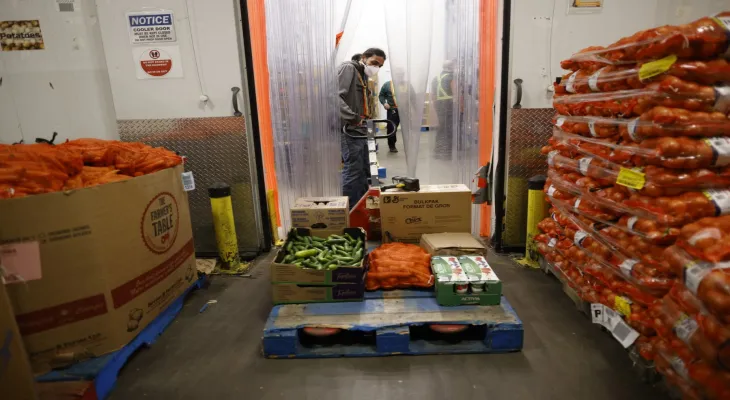Search here
Newspaper
Search here

Arab Canada News
News

Published: December 20, 2023
The consumer price index rose by 3.1% in the past November compared to the same period last year. This is a similar increase to that recorded in October (+3.1%).
The inflation slowdown last month dashed the expectations of many economists, especially experts at TD Bank and RBC, who anticipated a slowdown in inflation in November that would have brought the rate back to the target range set by the Bank of Canada (the central bank), which is between 1% and 3%.
Among the elements that contributed to maintaining inflation in November, Statistics Canada highlights the rise in prices of organized tours year over year (+26.1%). But above all, the agency points to the rise in mortgage interest costs (+29.8%), the rise in grocery prices (+4.7%), and rents (+7.4%).
However, year-over-year price growth slowed in many key sectors last month, notably fuel oil, mobile phone services, and food products.
It is noted that grocery prices continued to rise last month (+4.7%), but at a slower rate than in October (+5.4%), with food components recording a general slowdown.
It is worth noting that this is the fifth consecutive month in which a slowdown in grocery price growth year over year has been observed, according to Statistics Canada.
Excluding food and energy, the consumer price index rose by 3.5% in November, according to the federal agency.
Fuel Prices Decrease
On another note, heating oil and other types of fuel prices recorded a significant year-over-year decrease of 23.6% in the penultimate month of the year, after recording a 12.6% decrease in October. The temporary suspension of the federal carbon pricing on fuel oil contributed to this decrease, according to Statistics Canada.
It is noteworthy that the province of Quebec in central Canada recorded a significant decline in the inflation rate of 0.6 percentage points, leading to a year-over-year decrease from 4.2% in October to 3.6% in November. However, despite the decrease, the inflation rate in Quebec was the highest in the country last month, ahead of the province of Ontario in central Canada (3.3%) and the province of British Columbia in western Canada (3.2%).
Comments